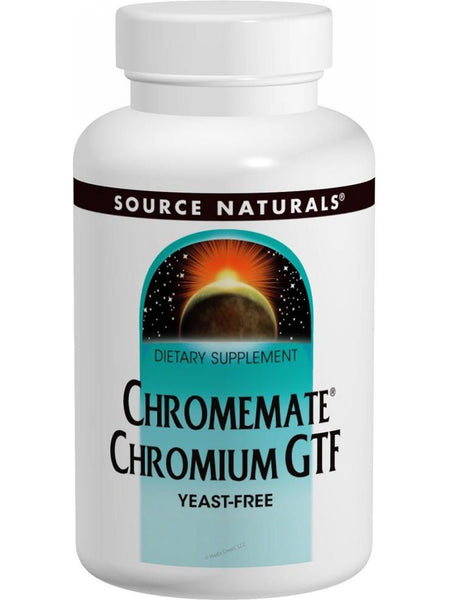

Specifically, research suggests that GTF (glucose tolerance factor) chromium is the most biologically active form of trivalent chromium that may reduce plasma glucose levels 5. However, there’s a large body of evidence linking chromium to enhanced insulin activity, and studies actually show that people with diabetes have reduced serum concentrations of chromium 3. However, when people are diagnosed with metabolic diseases like diabetes, insulin doesn’t work like it should, which means blood glucose levels remain high. In healthy individuals, insulin functions as a signaling molecule to allow the transport of glucose into cells for energy. It was also found over 20 years ago that chromium was needed for proper lipid metabolism and chromium deficiency represented a significant risk factor for cardiovascular diseases 4. Researchers noted that the problem was reversed with the addition of chromium or by adding synthetic inorganic chromium (III) complexes to the diet 1. It wasn’t until the late 50s that researchers discovered the importance of chromium for carbohydrate and fat metabolism when rats were unable to remove glucose efficiently from the bloodstream. May Enhance Glucose And Insulin Regulationįor anyone struggling with nutrient metabolism, chromium is gold. GTF chromium: The most biologically active form of chromium originally identified in brewer’s yeastġ.Chromium picolinate: The most popular form found in nutritional supplements, which is the element and naturally occurring mineral chromium combined with picolinic acid to enhance absorption.Chromium nicotinate (polynicitinate): The elemental form of chromium combined with nicotinic acid (niacin) to improve absorption.In general, there are a few forms of chromium you might see:

However, chromium picolinate is another option for supplementation that’s generally considered safe and effective.Īlthough chromium absorption is inversely proportional to chromium intake, regardless of dosage, the body doesn’t actually absorb chromium that well, with only about 0.5–2% of ingested chromium actually being absorbed 1.Īside from that, the chromium you absorb is needed for several key functions in the body, with the most notable being its supportive role for the action of insulin, as it is a component of the molecule chromodulin, which helps insulin function properly 2, 3.īecause of this function, research suggests that it may also play a beneficial role for other conditions, including impaired glucose tolerance and type 2 diabetes, metabolic syndrome, polycystic ovary syndrome (PCOS), and dyslipidemia. Despite being a toxic byproduct of the steel-making industry, the chromium found in food is safe and typically considered essential. It is found in several different forms with trivalent chromium being the safest. What Is Chromium?Ĭhromium is a trace mineral naturally required by the body in small amounts. This article breaks down what you need to know about chromium supplementation and the ideal dose to maintain levels. If you’re not familiar with chromium, you’re in the right place. It’s claimed to support nutrient metabolism, blood glucose, and weight loss, but how much merit backs those claims? It’s a trace mineral that, despite being required in small amounts, plays a significant role.

But there’s a certain mineral that should be supplemented by most people but rarely makes it onto their radar-chromium. When it comes to supplementing minerals, you frequent things like magnesium, potassium, zinc, iron, and maybe a couple more.


 0 kommentar(er)
0 kommentar(er)
